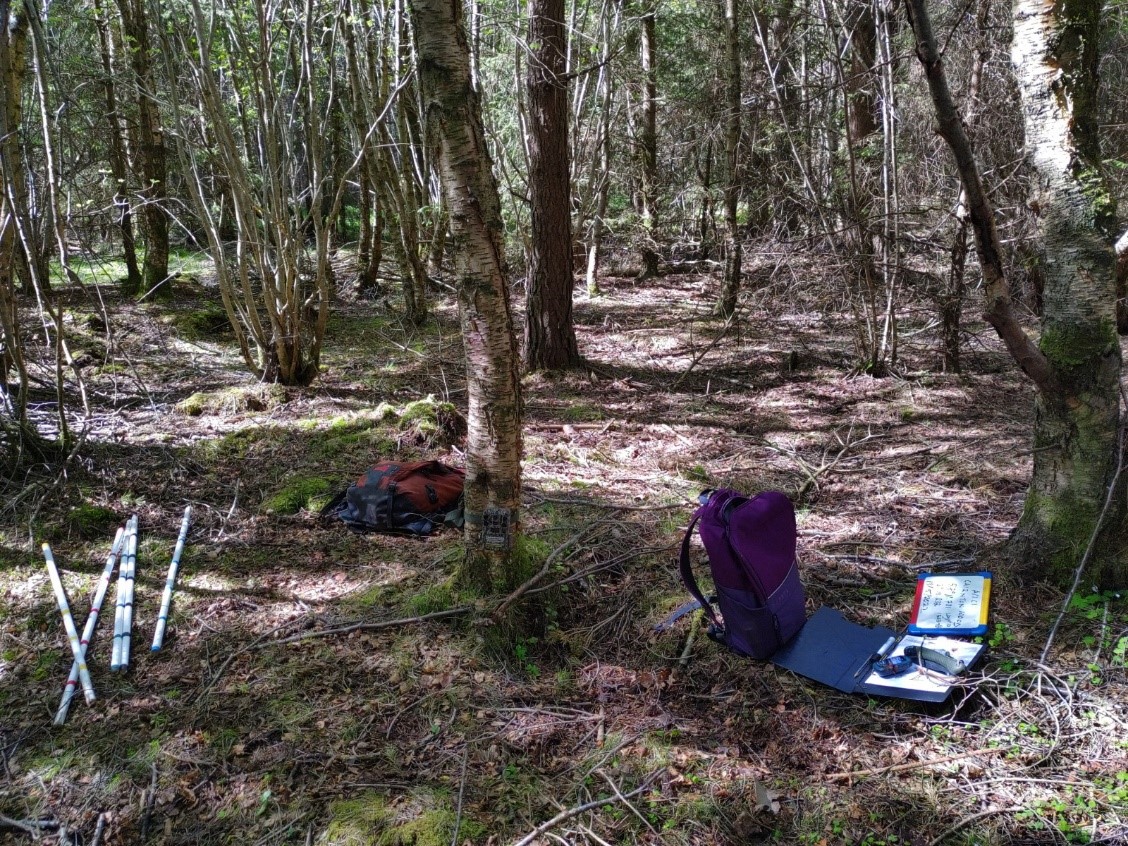H1.1. Tick presence and density will be positively affected by habitat use and behaviour of deer due to their role in feeding adult ticks and recruitment of larval ticks.
H1.2. The prevalence and diversity of Bbsl among woodland patches will increase with patch size and with greater ecological connectivity for deer, small mammals and bird transmission hosts.
H1.3. Bbsl genomic population structure will decrease with greater ecological connectivity.

